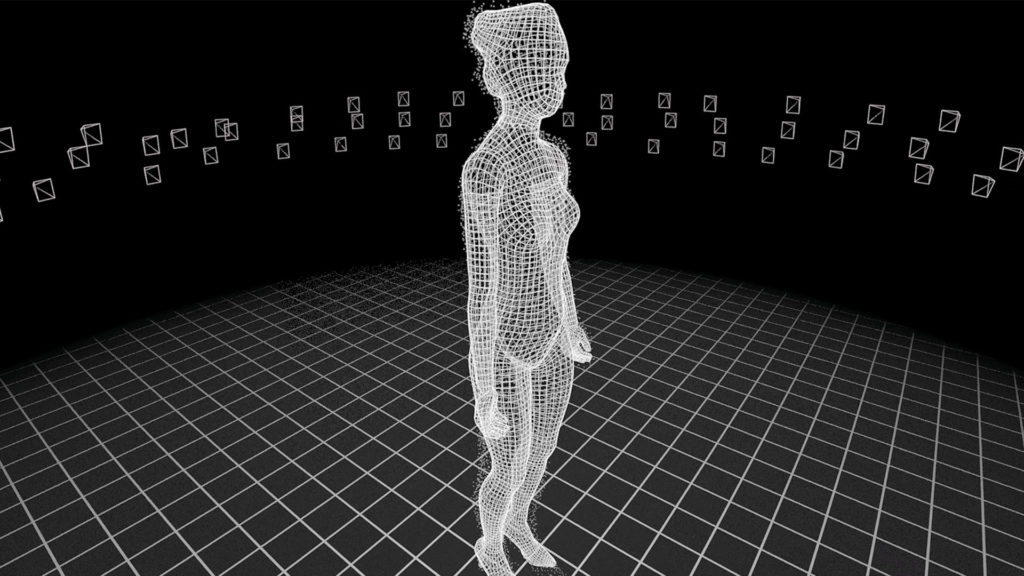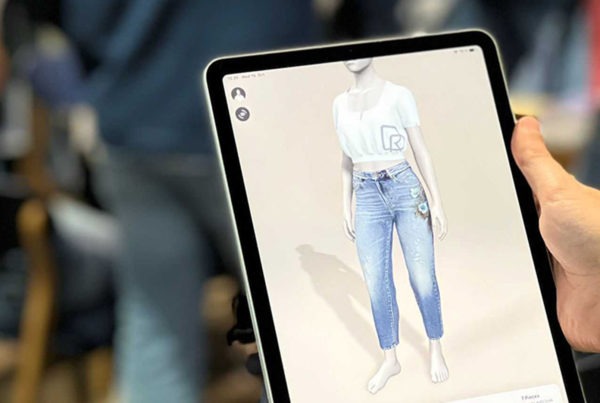
Who we are
Reactive Reality is one of the world’s fastest growing AR companies enabling retailers of all sizes to offer photorealistic digital dressing rooms, and body measurement accurate shopping experiences using personalised avatars. Created and maintained by our global team of AR and AI experts, our PICTOFiT platform powers the most realistic, scalable, and fun shopping services for consumers. Enabling retailers of all sizes to thrive in a digital first world, Reactive Reality provides a personalised and interactive experience that fosters a stronger connection with customers and the brands they love. We are a small but mighty team of specialist developers and experts all working with the goal of improving the future of retail in every way – that includes myself – Stefan Hauswiesner, CEO and co-founder of Reactive Reality.
How we began
Although Reactive Reality began back in 2014, I have long had a fascination with AR, and how it might be applied in the retail environment. In fact, way back during my research and PhD studies at the Graz University of Technology, I worked on creating a rudimentary virtual fitting room.
This fitting room was essentially a box with multiple cameras which allowed users to step in and see themselves wearing virtual outfits on a large screen. It was around this time that I met my fellow co-founders, Philipp Grasmug and Philipp Pani. It was not long before we all realised the huge market potential for software that allows consumers to try on outfits before buying them online.
However, at the time, existing technology was geared primarily towards laboratory use and was far too expensive for wide-spread adoption. We identified the need to scale up the technology, bring the functionality to mobile devices, and lower the bar to entry for businesses of all sizes. This is when Reactive Reality was born.
Our mission
When we first began, our initial goal was to solve the return rate problem of fashion e-commerce, caused by online shoppers being unable to try on products before buying. We noticed how consumers deliberately purchased several of the same item in different sizes and turned their bedrooms into cluttered fitting rooms. To the detriment of online retailers – and not to mention the environment – this inability to get a feel for how an outfit looks and fits lead to return rates of up to 50%.
With the introduction of PICTOFiT, we enabled consumers to limit their purchases to what looks and feels good on them, providing a solution to the long-standing issues of over ordering, returns, and people feeling nervous when ordering from new retailers online. However, what we hadn’t anticipated is how engaging and interactive consumers would find our technology.
The moment PICTOFiT became available publicly, we observed how users spent hours each month mixing and matching thousands of outfits, leading to significant increases in sales, user loyalty, and engagement. So much so that last year a large customer who integrated PICTOFiT into their iOS shopping app reported an increase in sales by 500% as revenue soared by over €70M.
The importance of what we call the ‘fun factor’ may not have been apparent to us in the beginning. But it is now a core element of our offering as we strive for a frictionless, fun experience, in addition to accurate size recommendations.
Now, the retail sector is on the cusp of a technological revolution. Largely accelerated by the pandemic, we are seeing an enormous shift in consumer attitudes towards the adoption of both interactive and personalised technologies. In the last couple of years, many major brands and retailers have integrated consumer engagement technologies like AI, AR, and VR into their offerings.
I’m proud to say we are leading the charge in modernising the shopping experience for consumers both in-store and online. 2020 is proving to be a transformative year for the retail space so make sure to keep an eye out for the slew of exciting news to come from Reactive Reality.












